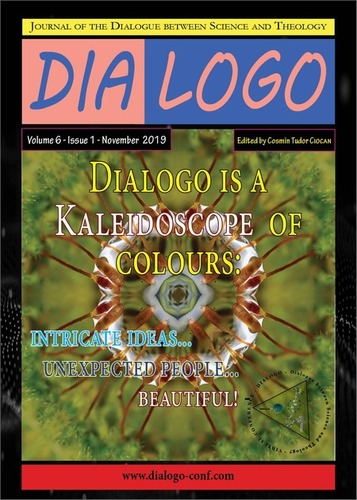Culture of a Stylistic Religious Ensemble.
Culture of a Stylistic Religious Ensemble.
An Overview of the Churches and Monasteries built by the great Humanist Constantin Brâncoveanu
Author(s): Ovidiu FelipovSubject(s): Architecture, Eastern Orthodoxy
Published by: Dialogo Publishing House SRL
Keywords: Hurezi; Romanian iconographic art; Brâncoveanu; monastery; mural painting;
Summary/Abstract: Through those made in the field of culture and spirituality, "helped by Romanian and foreign scholars, Constantin Brâncoveanu created a new period of cultural, artistic and spiritual revival" [1]. Thus, it can be concluded that a glorious age for both the people and the Romanian Church was the one dimensioned by the actions and rule of the great martyr of the Romanian nation, Constantin Brâncoveanu. Because this era has decisively influenced later developments, the term is used extensively and to describe the works of art of its time. The Brancovean art of the 17th-18th centuries included all the artistic manifestations, both within the religious framework: painting, sculpture, construction, engraving, silverware, embroidery, manuscripts, icons - and in general the entire furniture required for a church settlement - civilian: palaces, royal houses, mansions. All this artistic variety has been subordinated to features specific to the style: the uniqueness of the constituent elements that may belong to a certain historical period, the geometry revealing their connection to Antiquity, the use of the presentation of the Saints or of the prophetic figures in the mosaics. As a general feature of this period, we mention the richness of the decorative conception of the stone sculpture from the porches, where the space-separating balustrades disappear and where the monumental portals depict an unusual profusion of the vegetation as an authentic climax of Brâncoven's ornamentation. Under the rule of the great humanist Constantin Brâncoveanu, the construction and religious painting of the churches was raised to the rank of art, being the master of a world in full economic rise, a world he manages to make conscious of his spiritual dimension first and foremost. The Brâncovenian pattern left traces and created history from the life of the great humanist, after his death, but long afterward. Many of the founders were high hierarchs, rich personalities of monastic clergy, societies, nobility, etc., which built up monumental post-Bronze monuments, either becoming models for a whole series of places through them or by taking some important brâncovenesc monument.
Journal: Dialogo
- Issue Year: 6/2019
- Issue No: 1
- Page Range: 49-56
- Page Count: 8
- Language: English

